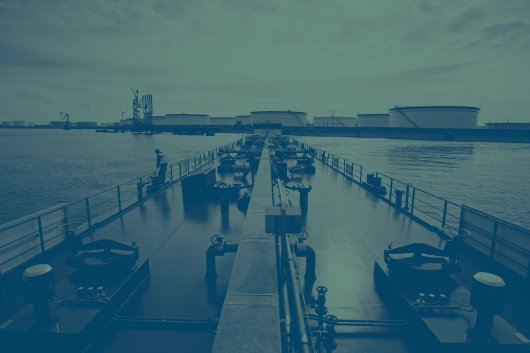Ecoslops 'on track' to produce 30,000 tons of regenerated slops in 2017
Slops producer also wins EUR 1 million in financing from Portuguese bank.
Ecoslops, a technology company that upgrades ship-generated hydrocarbon residue into new fuels and light bitumen, has announced in its operational report for the first six months of 2016 that it is on track to meet its annual target of producing at least 30,000 tons of regenerated slops in 2017 from its industrial site in the port of Sines. The facility in Portugal is the world's first plant that is capable of transforming maritime slops into commercial products.
Ecoslops has also announced that the company has received its first backing from a Portuguese bank in the form of EUR 1 million in medium-term (4 years) financing.
Vincent Favier, CEO of Ecoslops, said: "In the year since the official inauguration of our site in the Port of Sines, its successful performance is clear to see. Having proven its industrial efficiency by recycling and upcycling over 98% of the hydrocarbon residue collected, we can confirm that the monthly production target of 2,500 metric tons will be reached by the end of 2016 and that at least 30,000 tons will be produced in 2017, meeting our initial objective. Simultaneously, our prospective and development projects and partnerships are progressing well. This industrial and commercial momentum further increases our confidence, and we are reiterating our objectives of signing deals for three new sites by the end of 2017 and seeing our Sines site break even by the end of 2016."
The Sines plant is continuing to deliver a regular increase in its production throughout 2016. In April and May it produced almost 2,100 metric tons a month, which has strengthened the company's confidence in its ability to achieve a regular monthly output of 2,500 metric tons by the end of 2016. In June 2016, after a year of operation, Ecoslops also successfully carried out an in-depth technical verification of its installations, and no issues were said to have been found.
Since establishing itself in the Port of Sines, Ecoslops has developed a partnership with ship owners that call in the port to discharge their slops. The amount of slops collected each month has grown from 400 metric tons (dehydrated) to more than double that figure currently.
"This demonstrates that Ecoslops can substantially boost the collection of local slops due to the proven viability of its business model, which is based on transforming slops into commercial products, rather than on the high collection prices that have to be paid by shipping companies elsewhere. Implementing Ecoslops' model on a widespread basis will serve to drive the sustainable disposal and regeneration of slops across the shipping industry," the company said.
The inability of traditional collectors to find long-term outlets for hydrocarbon waste has led to a slump in slop prices in Northern Europe. Ecoslops has capitalized on this situation by supplementing its supplies through the regular importing of slops.
In June 2016, the site took delivery of a fourth tanker in order to allow the plant to rapidly increase its activity. Since the first tanker delivery in August 2015, the average cost of imported slops (including transport) has fallen by 70 percent. Expressed as a percentage of the average selling price of products, the standard gross margin has more than doubled, enabling the company's business model to be strengthened during a time of low crude prices.
Ecoslops has also announced that the company has received its first backing from a Portuguese bank in the form of EUR 1 million in medium-term (4 years) financing.
Vincent Favier, CEO of Ecoslops, said: "In the year since the official inauguration of our site in the Port of Sines, its successful performance is clear to see. Having proven its industrial efficiency by recycling and upcycling over 98% of the hydrocarbon residue collected, we can confirm that the monthly production target of 2,500 metric tons will be reached by the end of 2016 and that at least 30,000 tons will be produced in 2017, meeting our initial objective. Simultaneously, our prospective and development projects and partnerships are progressing well. This industrial and commercial momentum further increases our confidence, and we are reiterating our objectives of signing deals for three new sites by the end of 2017 and seeing our Sines site break even by the end of 2016."
The Sines plant is continuing to deliver a regular increase in its production throughout 2016. In April and May it produced almost 2,100 metric tons a month, which has strengthened the company's confidence in its ability to achieve a regular monthly output of 2,500 metric tons by the end of 2016. In June 2016, after a year of operation, Ecoslops also successfully carried out an in-depth technical verification of its installations, and no issues were said to have been found.
Since establishing itself in the Port of Sines, Ecoslops has developed a partnership with ship owners that call in the port to discharge their slops. The amount of slops collected each month has grown from 400 metric tons (dehydrated) to more than double that figure currently.
"This demonstrates that Ecoslops can substantially boost the collection of local slops due to the proven viability of its business model, which is based on transforming slops into commercial products, rather than on the high collection prices that have to be paid by shipping companies elsewhere. Implementing Ecoslops' model on a widespread basis will serve to drive the sustainable disposal and regeneration of slops across the shipping industry," the company said.
The inability of traditional collectors to find long-term outlets for hydrocarbon waste has led to a slump in slop prices in Northern Europe. Ecoslops has capitalized on this situation by supplementing its supplies through the regular importing of slops.
In June 2016, the site took delivery of a fourth tanker in order to allow the plant to rapidly increase its activity. Since the first tanker delivery in August 2015, the average cost of imported slops (including transport) has fallen by 70 percent. Expressed as a percentage of the average selling price of products, the standard gross margin has more than doubled, enabling the company's business model to be strengthened during a time of low crude prices.
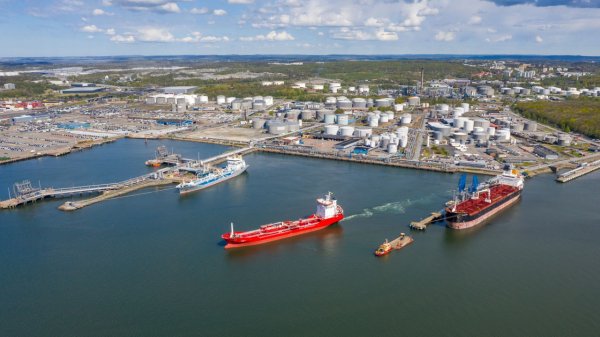
|
Swedish biomethane bunkered in Gothenburg
Test delivery performed by St1 and St1 Biokraft, who aim to become large-scale suppliers. |
|
|
|
||

|
Cockett to be closed down after 45 years
End of an era as shareholders make decision based on 'non-core nature' of Cockett's business. |
|
|
|
||
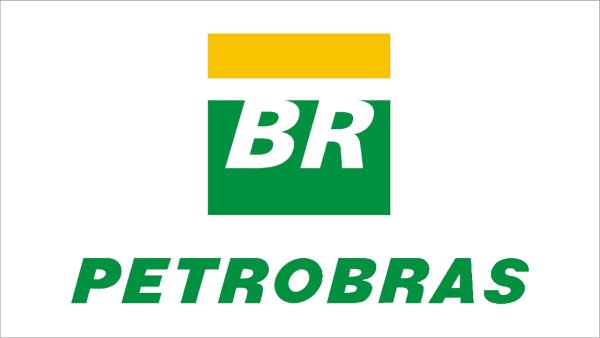
|
Petrobras confirms prompt availability of VLS B24 at Rio Grande
Lead time for barge deliveries currently five days. |
|
|
|
||
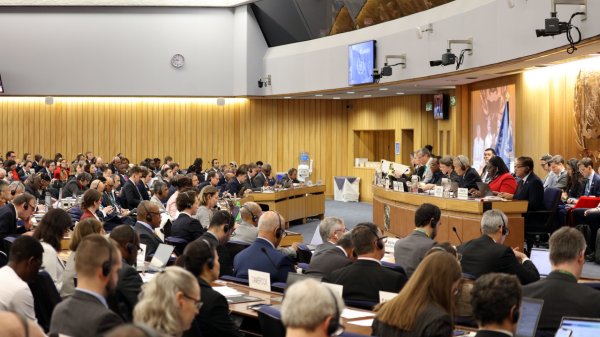
|
IMO approves pricing mechanism based on GHG intensity thresholds
Charges to be levied on ships that do not meet yearly GHG fuel intensity reduction targets. |
|
|
|
||
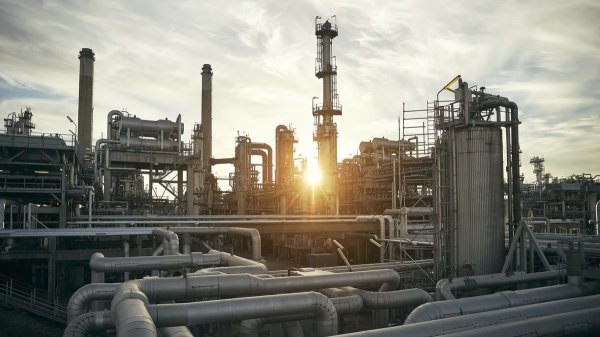
|
VARO Energy expands renewable portfolio with Preem acquisition
All-cash transaction expected to complete in the latter half of 2025. |
|
|
|
||
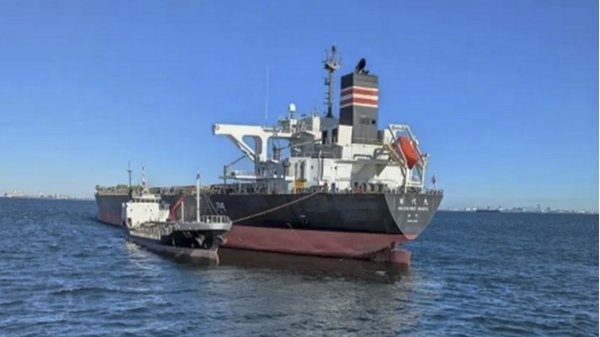
|
NYK trials biofuel in milestone coal carrier test
Vessel is used to test biofuel for domestic utility company. |
|
|
|
||
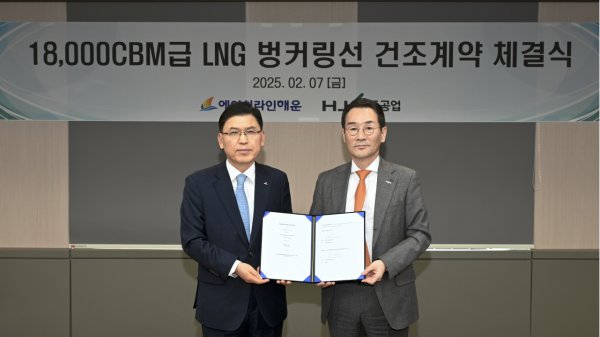
|
H-Line Shipping orders LNG bunkering vessel
Vessel with 18,000-cbm capacity to run on both LNG and MDO. |
|
|
|
||

|
How to engineer and manage green shipping fuels | Stanley George, VPS
Effective management strategies and insights for evolving fuel use. |
|
|
|
||
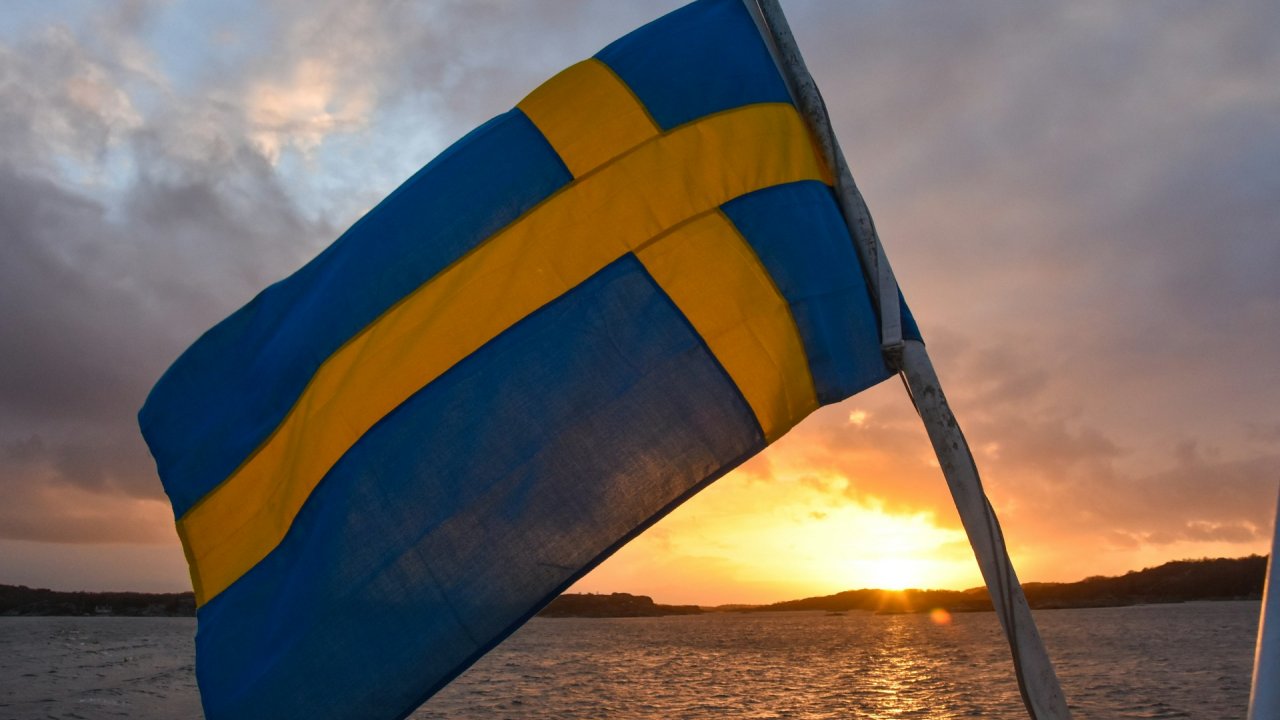
|
Swedish government bans scrubber wastewater discharges
Discharges from open-loop scrubbers to be prohibited in Swedish waters from July 2025. |
|
|
|
||
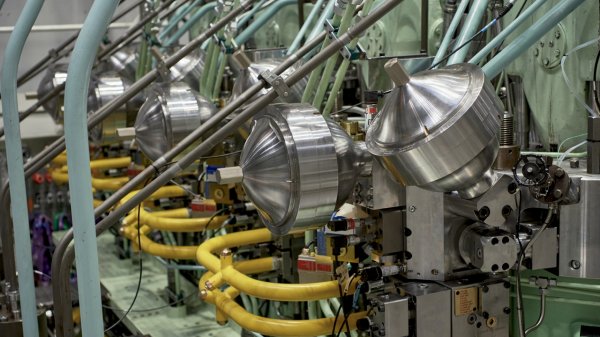
|
MAN Energy Solutions achieves 100% load milestone for ammonia engine
Latest tests validate fuel injection system throughout the entire load curve. |
|
|
|
||
Related Links
- · Ecoslops signs long-term supply contract with Soprema [Insights]
- · Ecoslops signs incentive agreement for waste disposal [Insights]
- · Ecoslops wins subsidy for desulphurisation project [Insights]
- · Ecoslops announces EUR 5.5 million bond issue to accelerate growth [Insights]
- · Ecoslops plans to recycle oil residues in Constantza [Insights]
- · Portugal [Directory]
- · Sines [Directory]

